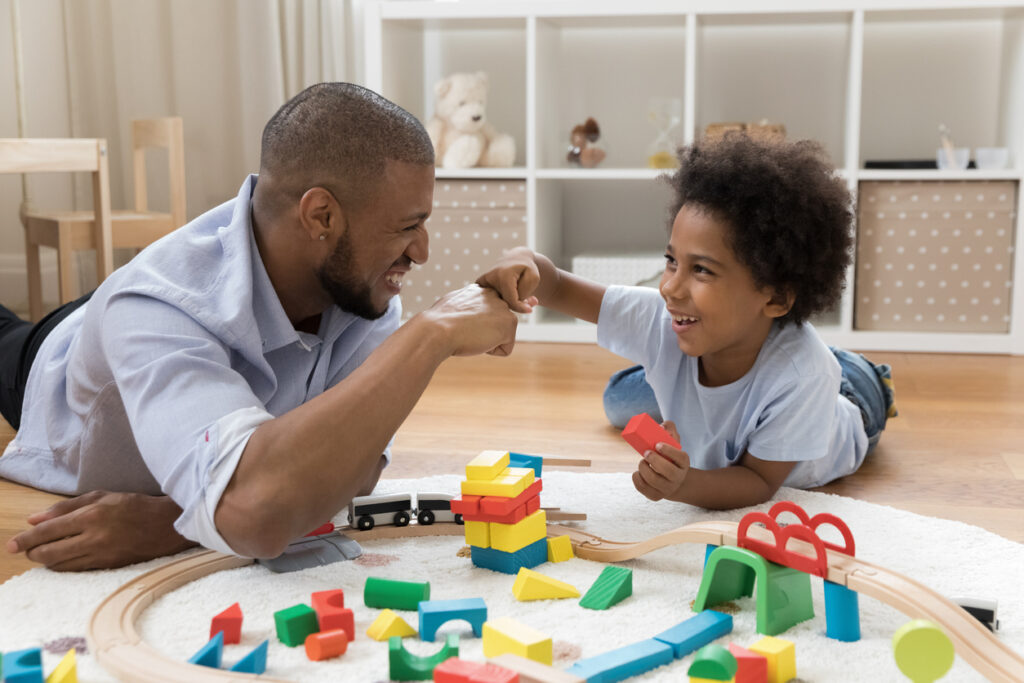Get to the Heart of Your Child’s Behaviour and Build a Stronger Connection
Every foster carer knows that the journey of supporting a child in care comes with its fair share of challenges, particularly when it comes to understanding complex behaviours. Navigating these challenges is not just about discipline or correction; it’s about building relationships, creating a safe environment, and understanding the unique experiences each child brings into your home. In this post, we’ll explore practical strategies for understanding and responding to the behaviours of children in foster care, ensuring you’re supported every step of the way.
As a dedicated carer, you’re likely familiar with feelings of confusion and frustration when faced with a child’s outbursts or withdrawal. These behaviours are often signals of underlying issues related to trauma and attachment, as well as responses to new environments and expectations. We’ll delve into the reasons behind these behaviours, the impacts they may have, and offer practical strategies to help you build a nurturing and understanding environment.
Join us as we explore key concepts, including co-regulation, attachment styles, and sensory needs. You’ll learn how to create a supportive family environment that allows children to feel safe, understood, and cared for. Ready to embrace new ideas and approaches? Let’s dive in.
Foundation: Understanding Children’s Behaviour
What is Behaviour?
At its core, behaviour is a form of communication. For children in foster care, what’s often perceived as challenging behaviour is a signal that something beneath the surface needs attention. Understanding this is the first step. Whether it’s acting out, withdrawing, or displaying heightened emotions, these responses are ways children express their needs, fears, and unmet emotional experiences.
The Link Between Trauma and Behaviour
Children in foster care frequently bring with them the weight of traumatic experiences. These can range from neglect and abuse to separation from birth families or instability in early years. Trauma can significantly impact how a child processes emotions and interacts with the world. It often disrupts their ability to feel safe, trust others, or regulate their emotions in typical ways.
Understanding that behaviour is often a manifestation of trauma helps shift the focus from punishment to healing. Instead of seeing a child as “difficult,” we can recognise them as “experiencing difficulty”—a crucial shift that emphasises empathy and support.
Challenges for Foster Children
Beyond trauma, foster children face additional stressors, including adapting to new family dynamics, environments, schools, and social circles. Their previous relationships may have been inconsistent or painful, leading to protective behaviours as they adjust to their new surroundings.
The Role of Foster Carers
As foster carers, your role is to provide consistent, predictable, and caring responses to the children in your care. Your presence can become a source of healing and stability. It’s about listening, observing patterns, and responding in ways that promote safety and trust.
Importance: Why Understanding Behaviour Matters
Effects of Misunderstanding on Foster Children
Misinterpreting a child’s behaviour can lead to cycles of negative interaction, reinforcing feelings of rejection and instability. If a child feels misunderstood, they’re less likely to develop the trust needed to build healthy attachments. This can have lingering effects on their development, both emotionally and socially.
The Role of Understanding in Child Development
Understanding what’s beneath a child’s behaviour fosters stronger, healthier relationships. It equips you to guide them through their emotions, help them articulate feelings, and ultimately support their personal growth.
Long-term Benefits of Addressing Behaviour Positively
Investing in understanding and addressing behaviours now can lead to long-term benefits. These include strengthened emotional regulation, better social connections, improved academic performance, and a more positive self-image for the child.
Practical Strategies: Supporting Your Child’s Behaviour
Strategy 1: Build Emotional Safety
Creating a sense of safety is paramount. Consider the following:
– Ensure Consistent Routines: Familiar patterns provide security.
– Validate Emotions: Acknowledge feelings without judgment.
– Practice Predictable Responses: Respond calmly to emotional outbursts to show reliability.
Strategy 2: Foster a Nurturing Environment
– Create Comforting Spaces: Designate areas in your home where your child can regain composure.
– Use Calming Techniques: Breathing exercises or sensory tools can help regulate emotions.
Strategy 3: Engage in Co-regulation
– Model Calmness: Show how to manage emotions by staying calm.
– Join in Activities: Partake in art, games, or storytelling to bond and communicate.
Strategy 4: Develop Communication Skills
– Use Storytelling: Let children tell their stories through pictures or tales.
– Encourage Expression: Use creative tools like art or music to convey emotions.
Adapting Strategies for Different Children
Every child reacts differently. Adjust strategies according to your child’s age, preferences, and experiences. Remain flexible and observant.
Advanced Applications: Navigating Complex Situations
Understanding Attachment Styles
Recognising different attachment styles helps tailor your approach. Some children may cling, others may avoid intimacy altogether. Both require patience and understanding.
Applying Sensory Regulation Techniques
Children with sensory processing differences may feel overwhelmed by certain stimuli, such as loud noises or textures. Incorporating sensory regulation techniques can help ease their discomfort and enable them to focus on Expression and connection.
Seeking Professional Help When Needed
Don’t hesitate to involve professionals when challenges seem beyond your management capabilities. Psychologists, therapists, and social workers can offer additional insight and support to both you and your child.
Conclusion: Building Towards a Brighter Future
Understanding and responding to the complex behaviours of foster children is no easy task, but it’s gratifying. Every small step you take builds towards a trusting relationship and a brighter future for the child in your care. Remember, patience and consistency are your allies.
As you apply these insights and strategies, you’re not just managing behaviour—you’re crafting an environment where healing and growth can flourish. Celebrate each small victory and know that your efforts make a profound difference. You’re providing a balm for past wounds and laying the groundwork for hopeful beginnings.
Call to Action
Embrace these strategies and watch the transformation unfold. Have questions or success stories? Share them in the comments below. For more resources and insights, explore our related content. You’re not alone in this journey; let’s continue to learn and grow together.
|
ReplyForward
|


